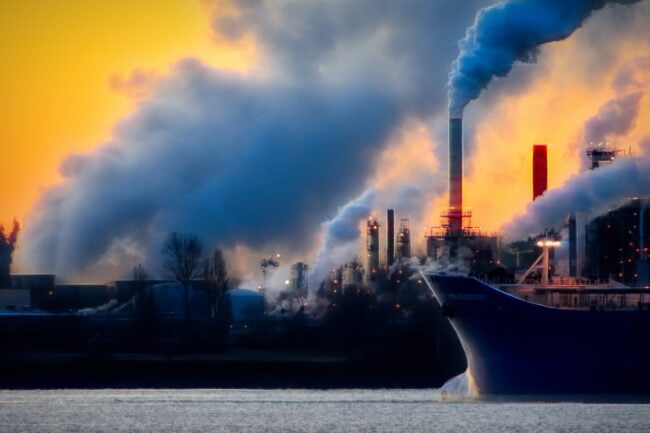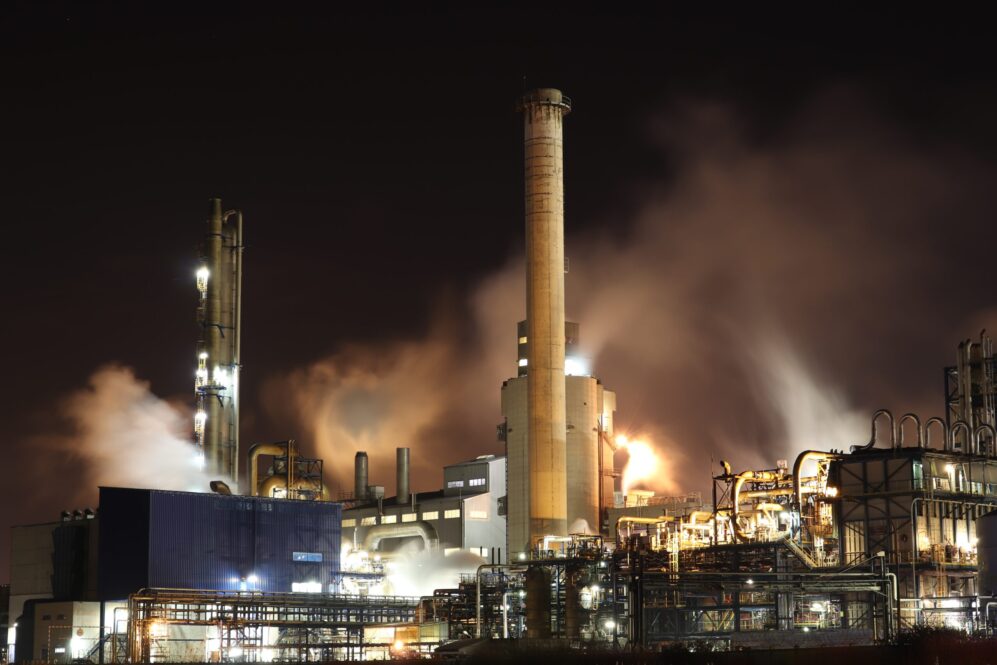What is CCS? Carbon Capture Technology the capture and storage of carbon dioxide (CO2) before it is released into the atmosphere is known as carbon c
What is CCS?
Carbon Capture Technology the capture and storage of carbon dioxide (CO2) before it is released into the atmosphere is known as carbon capture and storage (CCS) and it is also known as carbon capture and sequestration and carbon control and sequestration. During electricity generation and industrial processes such as steel or cement production fossil fuels are utilized and carbon dioxide is emitted. By carbon capture technology up to 90% of carbon dioxide gas is captured. This carbon capturing process can be achieved by using different methodologies.
It includes Post Combustion in this method carbon dioxide is removed from the flue gases formed from burning fossil fuels. Pre-Combustion this process is carried out before fossil fuel is burnt by converting the fuel into a mixture of hydrogen and carbon dioxide. Oxyfuel in this method fossil fuels are burnt in pure oxygen to create steam and carbon dioxide. By using post-combustion and oxyfuel methods existing power plants can be turned into carbon-capturing assets. The new infrastructure of power plants is required for the establishment of pre-combustion technology.
How does Carbon Capture Technology work?
CCS (carbon capture and storage) involves 3 steps. Capture during the industrial process for example steel, cement plants and coal power plants different exhaust gases are produced from these gases carbon dioxide is captured. Transport carbon dioxide which is captured is compressed into a liquid form or can be kept as in gas form before being transported to storage well. Storage at last transported carbon dioxide is dumped or stored into underground rocks formation or in permanent storage.

Carbon Capture Technology Example.
Carbon is the biggest cause of environmental pollution that’s why CCS technology is used whole across the globe. This technology is mostly used in the United States of America since 1972. Approximately two hundred million tons of carbon dioxide are stored underground via natural gas plants. According to global carbon capture and storage institute report from 2019, there were fifty-one large-scale carbon capture and storage facilities around the globe. Of which nineteen were in operation, four are in pipeline and others are in development stages. America contains twenty-four, Europe contains twelve and Asia pacific region contain only two carbon capture and storage plants. CCS technology is also used individually in power plants and also in decarbonizing industrial processes.
Pros and Cons of CCS Technology.
There are also different pros and cons of CCS technology. Saving planet earth CCS technology reduced the toxic carbon emissions to prevent irreparable damage being to the ecosystem of the planet earth. Job Creation CCS technology lies in job creation because a more technical workforce is required to manage the plants including CCS technology around the world. Plastic and chemical manufacturing carbon dioxide is used in the manufacturing of different chemicals and plastic for example polyurethanes which are used to create a soft foam. Strengthening of Concrete (CO2) is used to enhance the strength of concrete used for civil work and also increase the durability of concrete.
Carbon dioxide as a fuel (CO2) can also be used as a fuel to make it a viable option high cost is required. Creation of Additional Power carbon dioxide is injected into geothermal locations for storage and this gas also helps to extract geothermal resources for the creation of renewable geothermal energy. Usage of pressurizing (CO2) into fluid form in steam cycles could transfer the heart more easily and also used less energy which allows power generation turbines to run more efficiently. Disadvantages/Cons include Cost capturing of carbon dioxide is an expensive process as a result of high deployment and energy cost is involved. CO2 Leakage the leakage of this toxic gas causes environmental damage that’s why storage sites need to be carefully selected managed and monitored.
How to Limit Environment Rise.
According to the global CCS, institute to limit the environmental temperature rise approximately twenty-five hundred CCS installations must be deployed by 2040 with each having a carbon dioxide capturing capacity of 1.5 tonnes per year.
Carbon Capturing Technology Companies.
There are a lot of companies working on CCS Technology. Like Shell, this company has several CSS pilot projects underway in Alberta and Canada. Shell, Canada Energy, And Chevron have fully integrated CSS projects designed to capture, transport, and store underground more than a million tons of CO2. Chevron is a leading CSS project at Gorgon gas fields off the coast of Western Australia where natural gas will travel through undersea pipelines to a liquefied natural gas plant on a nearby island.
NRG Energy has partnered with XJ Nippon Oil and gas exploration to develop a commercial-scale post-combustion CSS project. This project at Texas is designed to capture approximately 90% of carbon dioxide from the 240MW(Megawatt) Slipstream of the flue gases plant. Many other small companies working on deploying and promoting CSS projects include Climeworks used cyclic adsorption and desorption process on a new filter material known as sorbent. Carbon Engineering, CO2 Solutions, Global Thermostat and etc.
